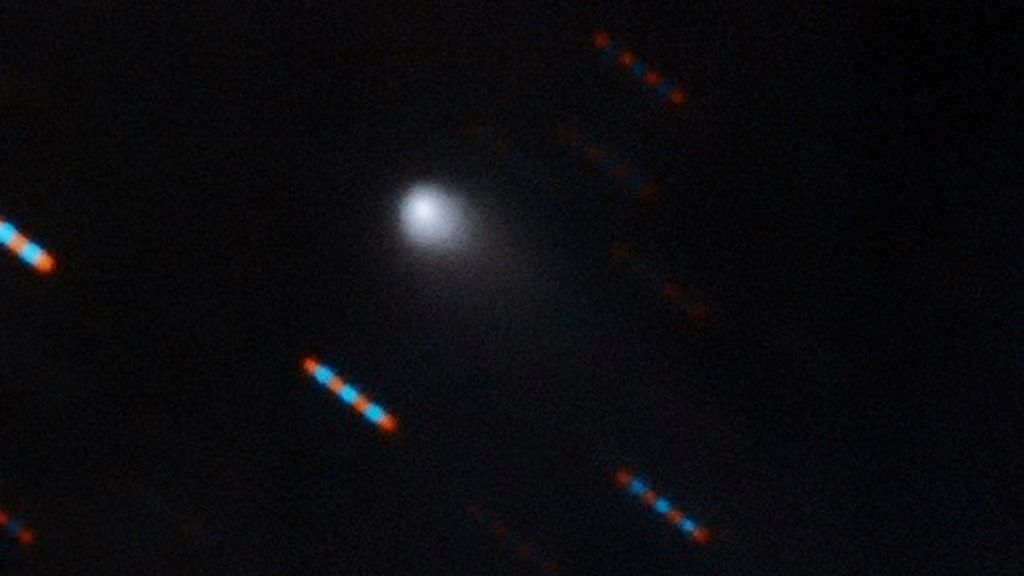Bengaluru: In one of the first few studies on an object from another solar system, scientists have discovered gas molecules in a newly-discovered comet. Officially called 2I/Borisov, it is the second known interstellar object that has hurtled through our solar system after ‘Oumuamua was spotted in 2017.
The discovery of gas molecules in the comet is an important finding because it suggests the possibility of directly observing and understanding what objects from other star systems are made of and how they have evolved.
The results are uploaded in the form of a pre-print and the paper is currently awaiting peer-review and publication in The Astrophysical Journal Letters.
Also read: A newly discovered comet is likely to be from interstellar space
Comet as old as our solar system
2I/Borisov was discovered by Crimean amateur astronomer Gennady Borisov in August 2019. It was initially categorised as a comet and simply named Comet Borisov. When astronomers studied its orbit and saw how hyperbolic the object was, they understood that it wasn’t from our solar system. On 24 September, the comet was renamed 2I/Borisov and confirmed by the International Astronomical Union to be an interstellar object.
“For the first time we are able to accurately measure what an interstellar visitor is made of, and compare it with our own Solar system,” said Alan Fitzsimmons of the Astrophysics Research Centre, Queen’s University Belfast in a press release.
Fitzsimmons and his colleagues from Europe, the United States and Chile had used the William Herschel Telescope on La Palma in the Canary Islands to detect gas molecules in the comet. The astronomers discovered that the molecules emanating from the comet were those of cyanogen gas, consisting of carbon and nitrogen. The gas is toxic to humans but found commonly in comets even in our solar system.
The paper concludes that the most interesting aspect of their discovery is that the comet appears ordinary and similar to those in our solar system. It seems to be 4.6 billion years old — similar in age to our solar system.
This discovery of a second interstellar object signifies hope that more such bodies may hurtle through our solar system, now that scientists know how to look for them.
Unlike ‘Oumuamua, which was visible only for a couple of weeks, 2I/Borisov can be observed for a year as it is currently approaching the sun and will become brighter as it gets closer over the coming weeks. Its closest approach to the sun is expected to occur early December, when it will be midway between Earth and the sun.
Also read: In a first, scientists photograph how a (dead) star is born
